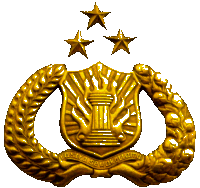Why should one believe that evolutionary aspects could bring new insights into linguistics, semiotics, and cognitive science? Saussure dismissed historical, and with them developmental, issues as secondary for our understanding of language, stating that all languages and all their developmental stages constitute self-contained entities in their purely conventional regularity. In cognitive science, the computational paradigm treated cognitive systems as closed, selfcontained and auto-referential systems of rules. Now that psycholinguistics has already broken up this line of strict (static) structuralism, as has sociolinguistics, and developmental and socio-dynamic aspects are being admitted as arguments or even as explanatory factors, it seems urgent to continue this line and to advocate an overall dynamic view of language and cognition (cf. Wildgen 1994), which includes the evolution of language. One could object that hypotheses on the evolution of language seem to be so uncertain that one cannot hope for scientific clarity in any specific question of linguistic theory, e.g., in phonology,morphology or syntax. I think there is a basic dilemma here. On the one hand, the amount of contemporary data on languages and their grammars is growing quickly, so that the present quantity of data forms a stark contrast with our very limited knowledge of prehistoric languages and the role of language and other symbolic behavior in prehistoric societies. On the other hand, all existing languages are in a certain sense at the same level relative to an evolutionary time scale and it is only for their historical development that we have good, i.e., reliable (written) records which span a period of maximally 3 to 5 ky (ky = 1000 years): the problematic Nostratic family would cover maximally linguistic situations ca. 10 ky BP = before present). Typological studies of Amerindian and Australian languages may perhaps allow guesses about historically divergent lines, which spring off at a bifurcation point 40 to 20 ky ago, but they are not helpful in the reconstruction of a protolanguage because (phonological, lexical, syntactic) change is too quick. Moreover, it depends on social contexts, even if mixture, pidginization, creolization, and language contact were less influential before large civilizations arose.


